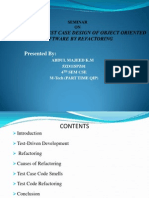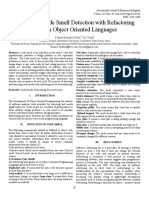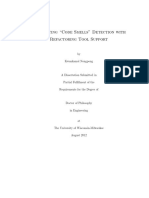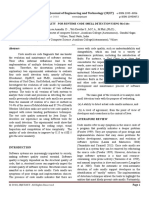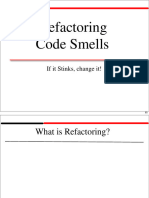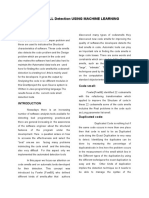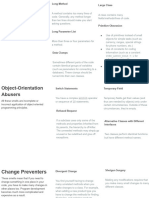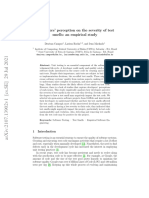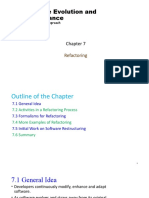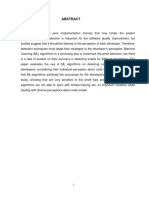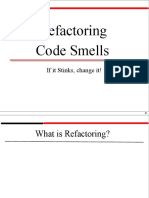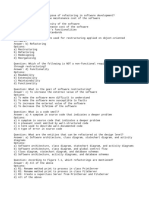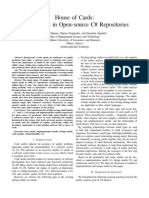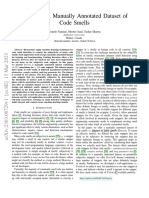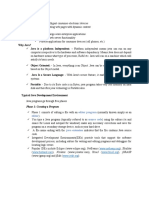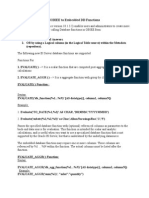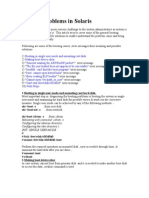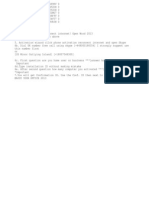0% found this document useful (0 votes)
21 views31 pagesMonitor-Based Instant Software Refactoring
The document discusses a monitor-based instant software refactoring framework aimed at improving software quality by automatically detecting and resolving code smells without disrupting developer workflow. It highlights the limitations of existing tools that rely on human intervention and presents a prototype, InsRefactor, which was evaluated in a study showing improved software quality and responsiveness. Future work is suggested to extend the framework to more code smells and enhance performance.
Uploaded by
netkurtCopyright
© © All Rights Reserved
We take content rights seriously. If you suspect this is your content, claim it here.
Available Formats
Download as PPTX, PDF, TXT or read online on Scribd
0% found this document useful (0 votes)
21 views31 pagesMonitor-Based Instant Software Refactoring
The document discusses a monitor-based instant software refactoring framework aimed at improving software quality by automatically detecting and resolving code smells without disrupting developer workflow. It highlights the limitations of existing tools that rely on human intervention and presents a prototype, InsRefactor, which was evaluated in a study showing improved software quality and responsiveness. Future work is suggested to extend the framework to more code smells and enhance performance.
Uploaded by
netkurtCopyright
© © All Rights Reserved
We take content rights seriously. If you suspect this is your content, claim it here.
Available Formats
Download as PPTX, PDF, TXT or read online on Scribd
/ 31

